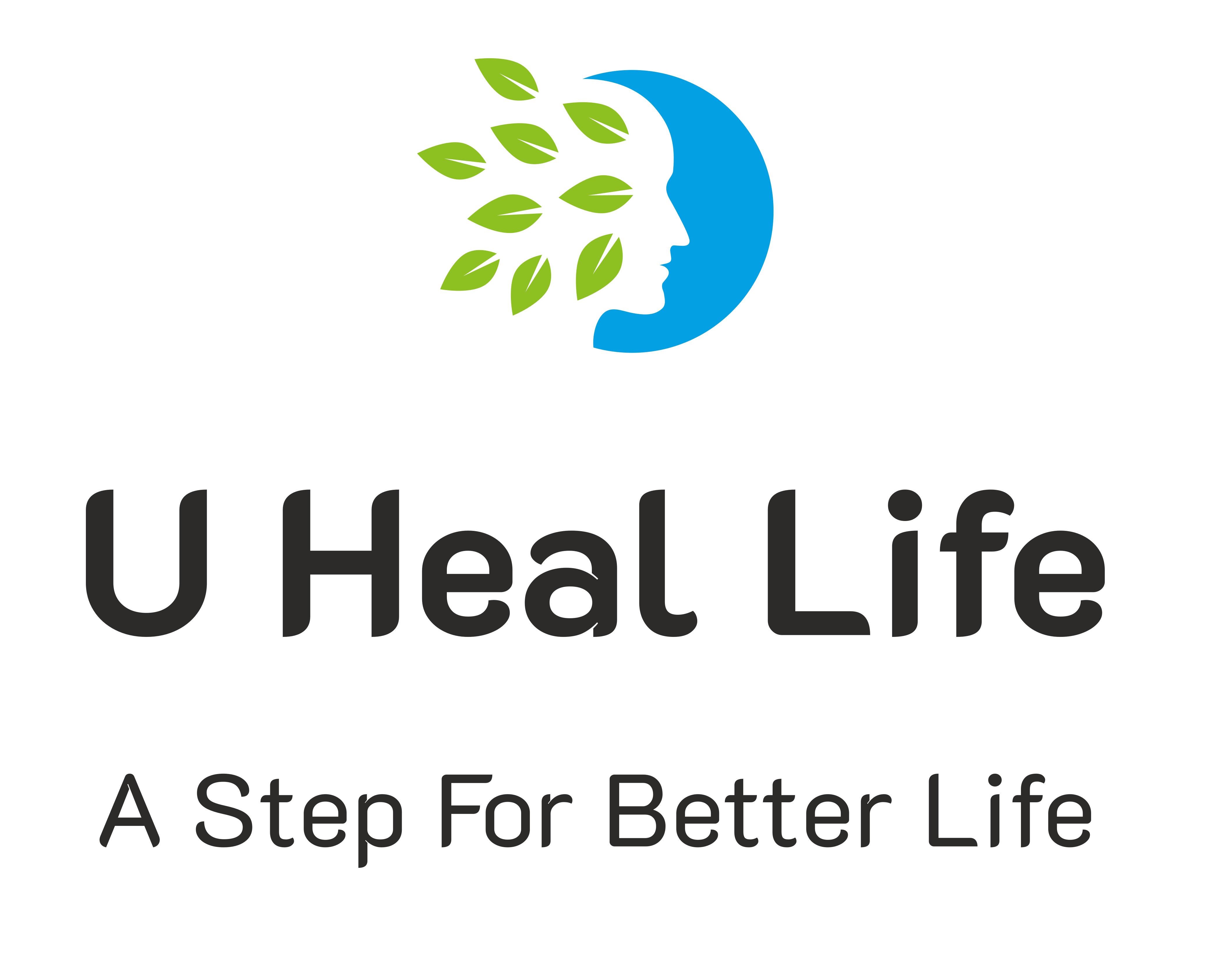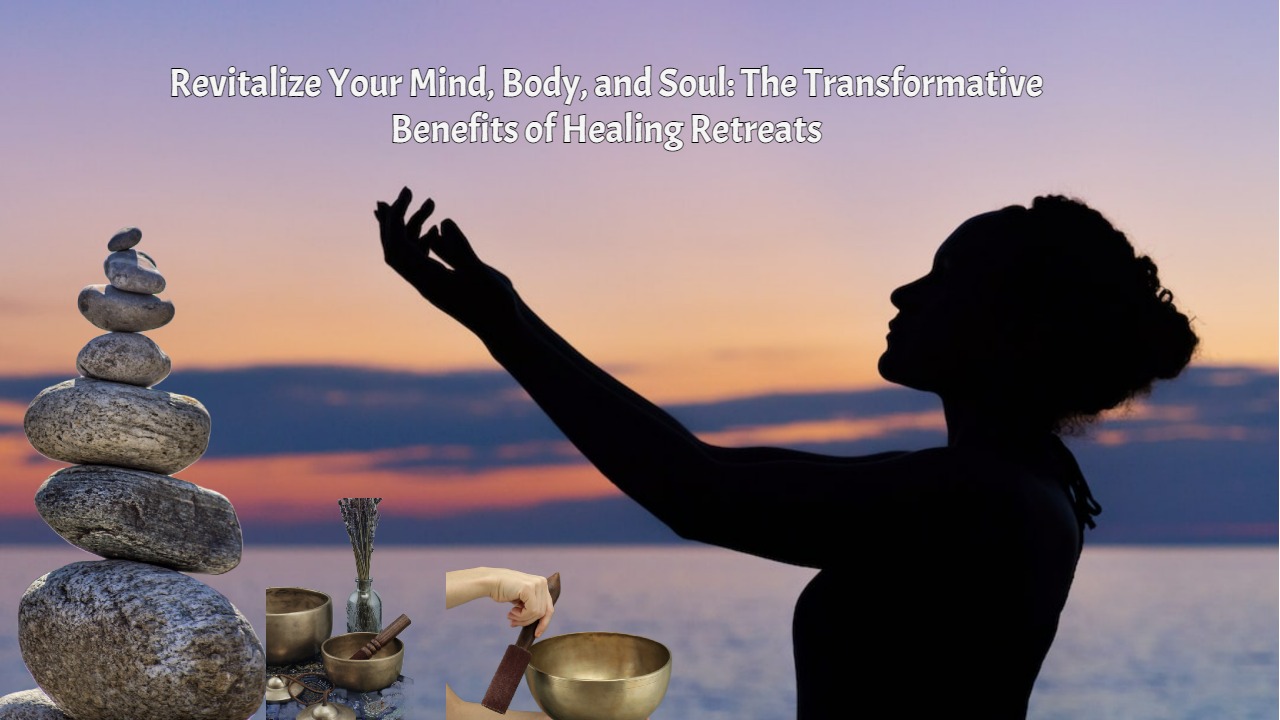I. Introduction
- Explanation of what healing retreats are
- Purpose of the article
II. The Mind-Body-Soul Connection
- Explanation of the mind-body-soul connection
- The importance of nurturing all three aspects of ourselves
III. The Benefits of Healing Retreats for the Mind
- Reducing stress and anxiety
- Improving mental clarity and focus
- Developing mindfulness and self-awareness
IV. The Benefits of Healing Retreats for the Body
- Detoxifying the body
- Enhancing physical health and vitality
- Cultivating healthy habits and routines
V. The Benefits of Healing Retreats for the Soul
- Connecting with your inner self
- Finding meaning and purpose in life
- Cultivating gratitude and positivity
VI. Types of Healing Retreats
- Yoga and meditation retreats
- Ayahuasca and plant medicine retreats
- Wellness and spa retreats
- Nature and eco retreats
- Spiritual and religious retreats
VII. Choosing the Right Healing Retreat for You
- Considering your goals and intentions
- Researching different retreats and their offerings
- Reading reviews and testimonials
VIII. Tips for Getting the Most Out of Your Healing Retreat Experience
- Setting intentions and goals
- Embracing the unknown
- Connecting with others
- Staying present and mindful
IX. Conclusion
- Summary of the benefits of healing retreats
- Encouragement to try a healing retreat for yourself
X. FAQs
- Are healing retreats only for spiritual or religious people?
- Are healing retreats safe?
- How long do healing retreats typically last?
- Do I have to be experienced in yoga or meditation to attend a retreat?
- Can I attend a healing retreat alone or do I need to bring someone with me?
Revitalize Your Mind, Body, and Soul: The Transformative Benefits of Healing Retreats
Healing retreats are becoming increasingly popular as people seek to escape the stresses and pressures of everyday life and prioritize their health and wellbeing. Whether you’re looking to recharge your batteries, cultivate inner peace and mindfulness, or simply escape to a beautiful and tranquil environment, healing retreats offer a variety of benefits for the mind, body, and soul. In this article, we will explore the transformative benefits of healing retreats, the different types of retreats available, and tips for getting the most out of your retreat experience.
The Mind-Body-Soul Connection
Before we dive into the specific benefits of healing retreats, it’s important to understand the mind-body-soul connection. The mind, body, and soul are all interconnected and dependent on one another for optimal health and wellbeing. Neglecting one aspect of ourselves can have negative effects on the others, leading to imbalances and dis-ease. Healing retreats are designed to address all three aspects of ourselves, helping us to achieve a state of balance and harmony.
The Benefits of Healing Retreats for the Mind
One of the primary benefits of healing retreats is their ability to improve mental health and wellbeing. By stepping away from our daily routines and responsibilities and immersing ourselves in a peaceful and supportive environment, we can reduce stress and anxiety, improve mental clarity and focus, and develop mindfulness and self-awareness. Many retreats offer meditation and mindfulness practices, which have been shown to have numerous mental health benefits, including reducing symptoms of depression and anxiety.
The Benefits of Healing Retreats for the Body
In addition to improving mental health, healing retreats can also have numerous physical health benefits. Many retreats offer healthy and nutritious meals, as well as physical activities such as yoga, hiking, and spa treatments. These activities can help to detoxify the body, enhance physical health
, and cultivate healthy habits and routines. Retreats focused on plant medicine, such as ayahuasca, have also been shown to have physical healing benefits, such as reducing inflammation and boosting the immune system.
The Benefits of Healing Retreats for the Soul
Healing retreats can also be incredibly transformative for the soul. By disconnecting from technology and the distractions of everyday life, we can connect more deeply with our inner selves, cultivate gratitude and positivity, and find meaning and purpose in life. Many retreats offer spiritual practices and teachings, such as meditation, yoga, and prayer, which can help us to tap into a deeper sense of spirituality and connect with something greater than ourselves.
Types of Healing Retreats
There are a variety of different types of healing retreats available, each with its own unique focus and offerings. Some of the most common types of retreats include:
- Yoga and meditation retreats: These retreats focus on yoga and meditation practices, and may also include workshops and classes on related topics such as mindfulness and breathwork.
- Ayahuasca and plant medicine retreats: These retreats involve the use of plant medicine, such as ayahuasca, to facilitate healing and spiritual growth.
- Wellness and spa retreats: These retreats focus on physical wellbeing, with offerings such as massages, facials, and other spa treatments.
- Nature and eco retreats: These retreats offer an opportunity to connect with nature and may include activities such as hiking, camping, and outdoor meditation.
- Spiritual and religious retreats: These retreats are focused on spiritual growth and may be associated with a particular religion or spiritual practice.
Choosing the Right Healing Retreat for You
With so many different types of healing retreats available, it can be overwhelming to choose the right one for you. When selecting a retreat, it’s important to consider your goals and intentions, research different retreats and their offerings, and read reviews and testimonials from past participants. You may also want to consider factors such as location, cost, and the qualifications and experience of the retreat leaders.
Tips for Getting the Most Out of Your Healing Retreat Experience
To get the most out of your healing retreat experience, it’s important to approach it with an open mind and a willingness to embrace the unknown. Other tips for maximizing your experience include setting intentions and goals, connecting with others, staying present and mindful, and being willing to challenge yourself and step outside of your comfort zone.
Conclusion
Healing retreats offer a wide range of transformative benefits for the mind, body, and soul. By providing a peaceful and supportive environment for self-reflection, mindfulness, and personal growth, these retreats can help us to achieve greater balance and harmony in our lives. Whether you’re looking to improve your mental or physical health, connect with your spirituality, or simply escape from the stresses of everyday life, there is a healing retreat out there for you.
FAQs
- Are healing retreats only for spiritual or religious people?
No, healing retreats are for anyone who is seeking to improve their health and wellbeing, regardless of their spiritual or religious beliefs.
- Are healing retreats safe?
Healing retreats can be safe when conducted by qualified and experienced leaders. It’s important to do your research and choose a retreat that has a good reputation and qualified leaders.
- How long do healing retreats typically last?
The length of a healing retreat can vary depending on the type of retreat and the specific offerings. Some retreats may last a few days, while others may last several weeks.
- Do I have to be experienced in yoga or meditation to attend a retreat?
No, many healing retreats are suitable for beginners and offer classes and workshops that are designed for


